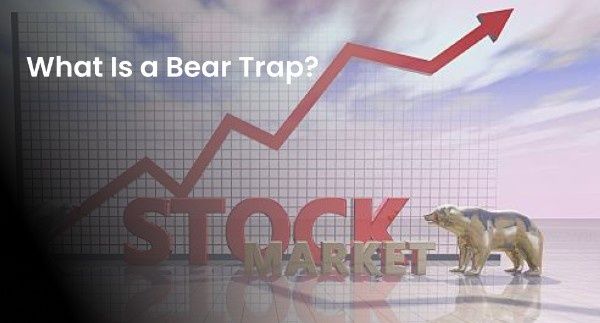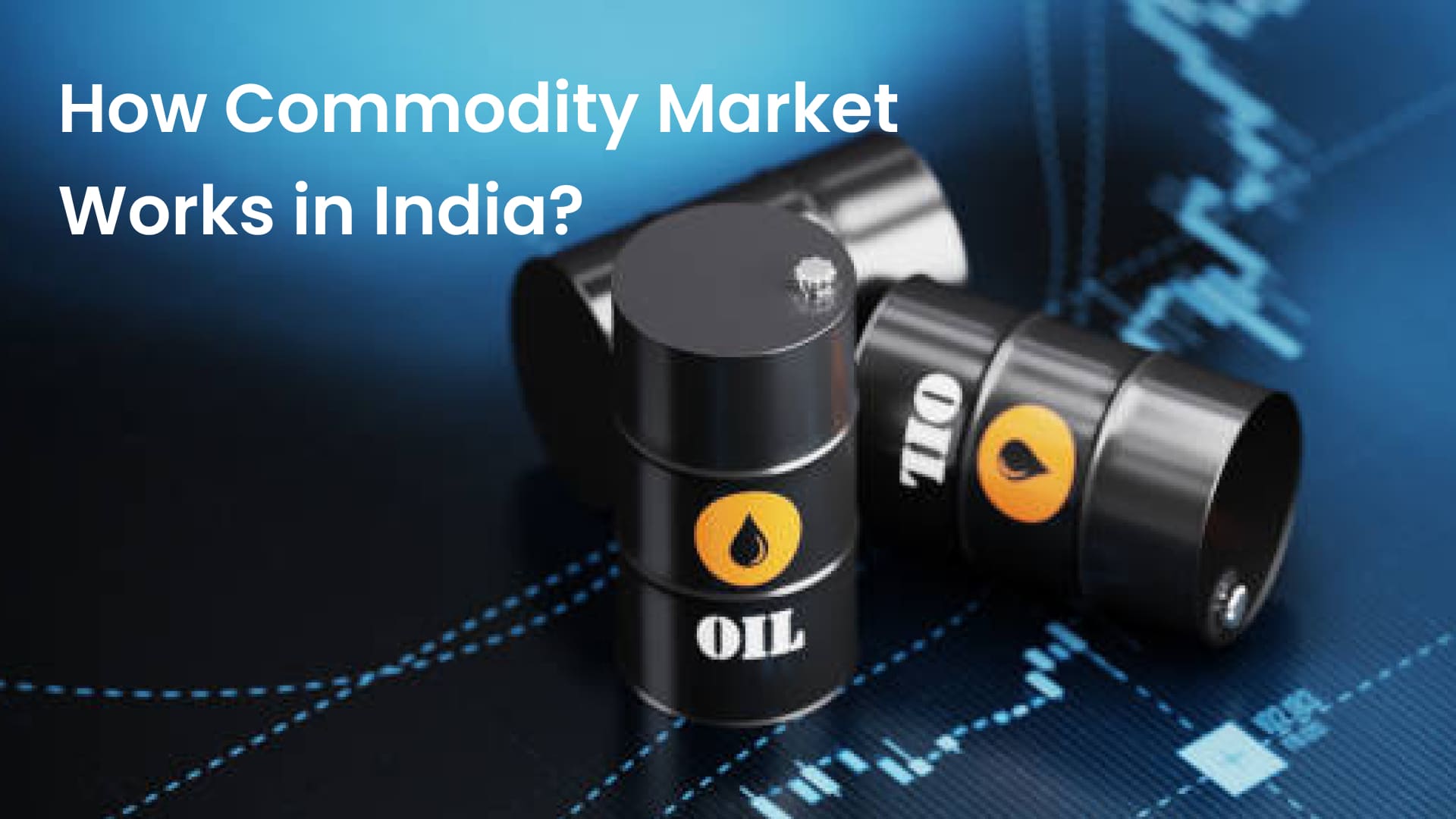What is Volume in the Share Market?

Traders often use multiple metrics when planning their trades. One of the most important metrics that they use is trading volume. With volume data, traders can gain insights into the market sentiment and interest for an asset. Wish to know what the meaning of volume in the share market is? Continue reading to find out all about this key metric, its significance and how it can help you become a better trader.
What is the Volume in the Share Market?
Volume, also known as trading volume, is a metric that indicates the total number of units of an asset traded during a specific period. For instance, if 5,00,000 shares of Reliance Industries Limited were bought and 5,00,000 shares were sold in a day, the total traded volume of the stock for the said day would be 10,00,000.
Since trading volume is a very important metric that’s widely used, all trading platforms display this information for every asset. Additionally, some platforms even provide you with volume charts, enabling you to analyze its movement over a specific period.
What is the Significance of Trading Volume?
Now that you’re aware of the meaning of volume in the share market, let’s look at the significance of this metric.
Market Liquidity
Volume in the stock market is widely used by traders to understand the level of activity and liquidity in an asset. The higher the volume, the more active and liquid an asset is. On the other hand, the lower the volume, the less active and liquid an asset is. High liquidity is an important aspect of trading since it makes entering and exiting positions a lot easier.
Price Confirmation
Trading volume, when read along with price data can give you an insight into the price movement exhibited by an asset. For instance, if a stock price change is accompanied by high trading volumes, it may be indicative of strong market interest. On the other hand, if a stock price change is accompanied by low trading volume, it may be indicative of waning market interest and may even signify potential price reversals.
Trend Identification
Traders use volume in the share market to identify trends. A continued increase in the trading volume during either an uptrend or downtrend signifies that the trend is likely to continue. On the contrary, if the trading volume decreases consistently during an uptrend or a downtrend, a potential trend reversal might be on the cards.
Market Sentiment
High trading volume in an asset following a positive event or news indicates bullish market sentiment, whereas high trading volume in an asset following a negative news event indicates panic selling and bearish market sentiment.
Support and Resistance Levels
Trading volumes at or near a support or resistance level can not only confirm the levels but also give you insight into whether those levels are likely to hold or not. For instance, high volume near a support level increases the likelihood of the asset bouncing back up after testing it.
Breakout and Breakdown Confirmation
A breakout is when the price of an asset moves past its resistance level. Meanwhile, a breakdown is when the price of an asset moves below its support level. Traders often use the volume in the share market to confirm a breakout or a breakdown. If the trading volume increases after the asset price breaches a support or resistance level, it may indicate a continued movement in the said direction.
Volatility and Risk Assessment
Trading volume can help assess the volatility and risk in an asset. Increased trading volumes are often associated with high levels of volatility, whereas weak trading volumes signify lower levels of liquidity.
Conclusion
To sum up, volume in the share market is a crucial metric that allows traders to gain critical insights into various aspects such as the market sentiment, volatility and liquidity. Trading volume along with candlestick patterns and other technical indicators can enable traders to make informed trading decisions.

















